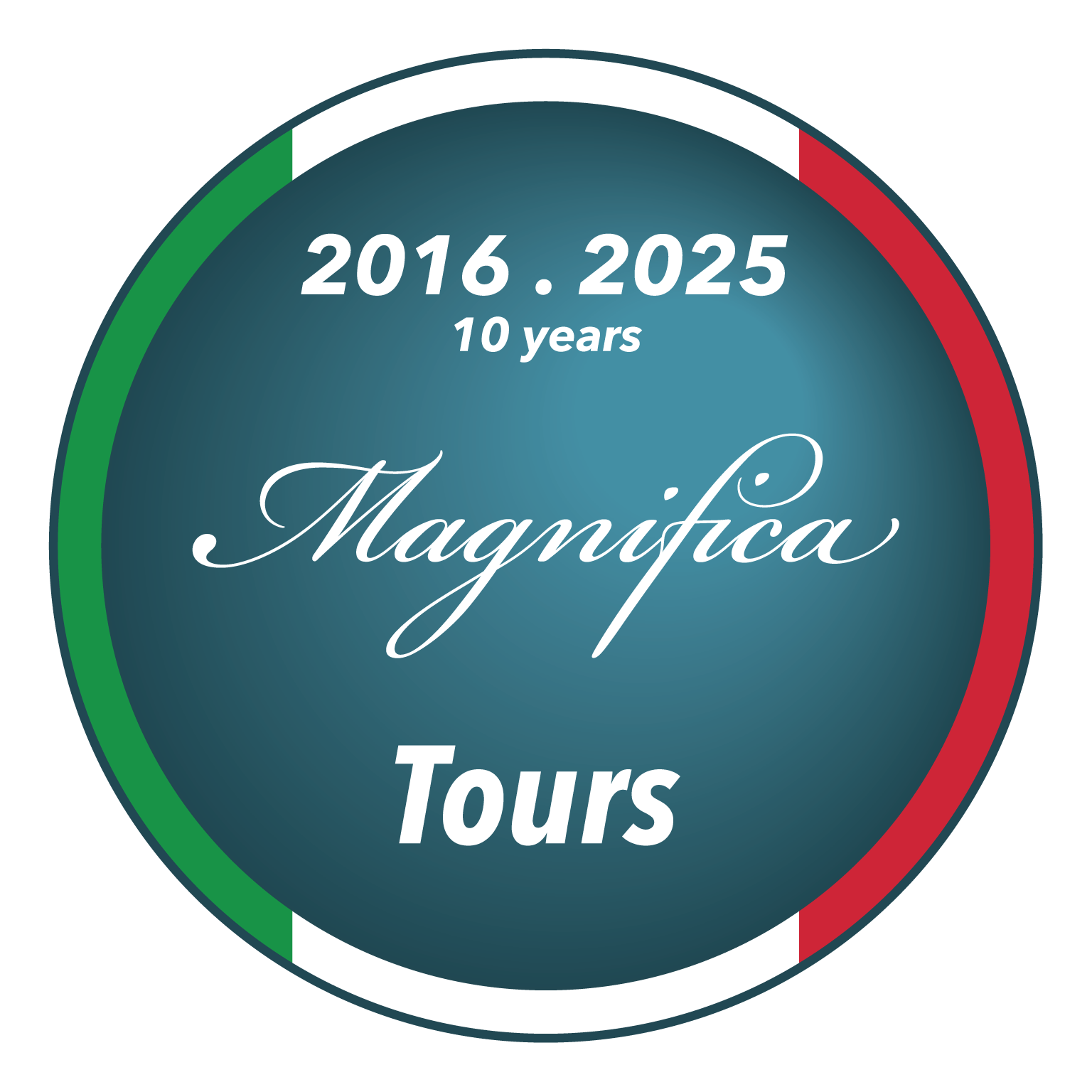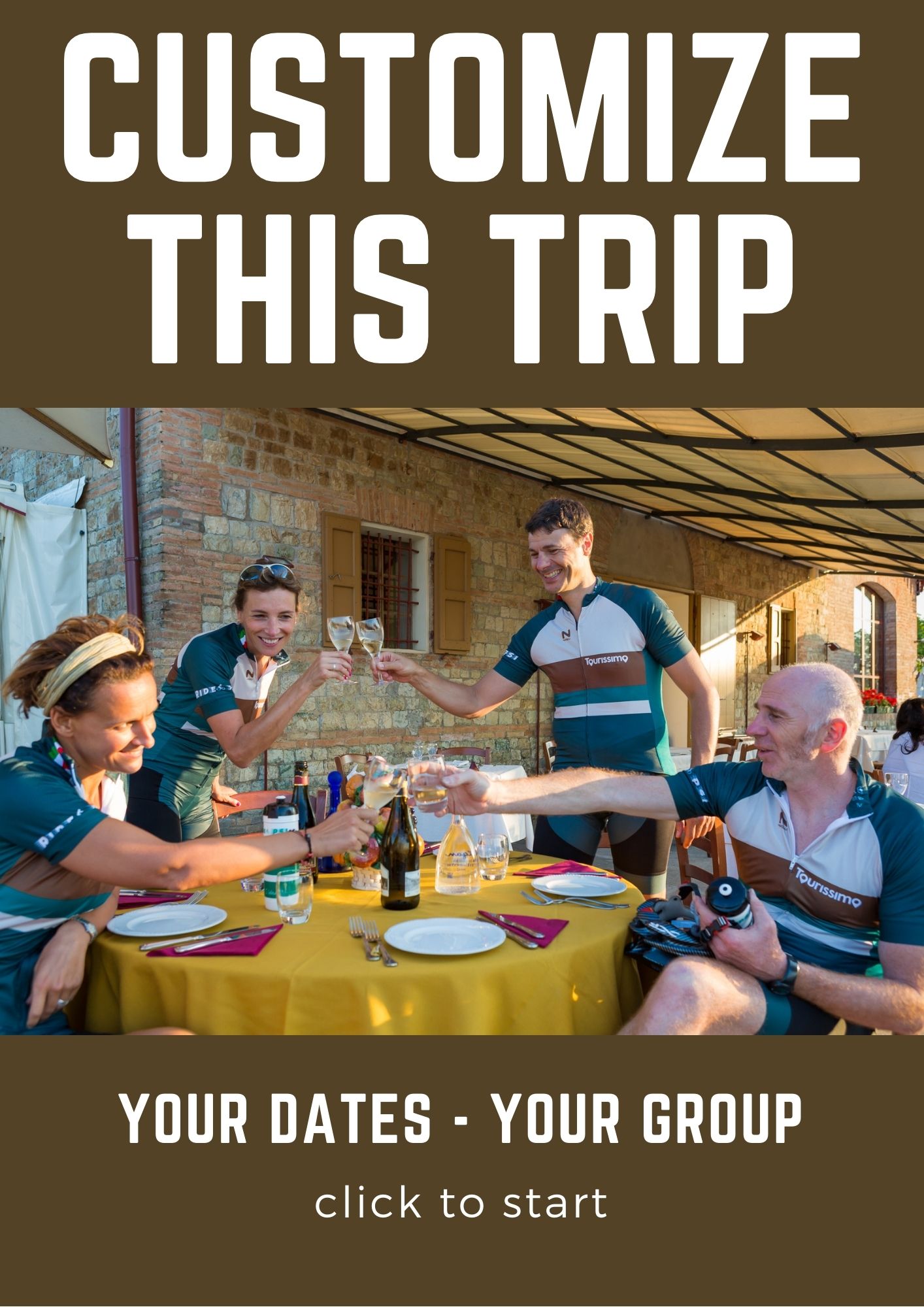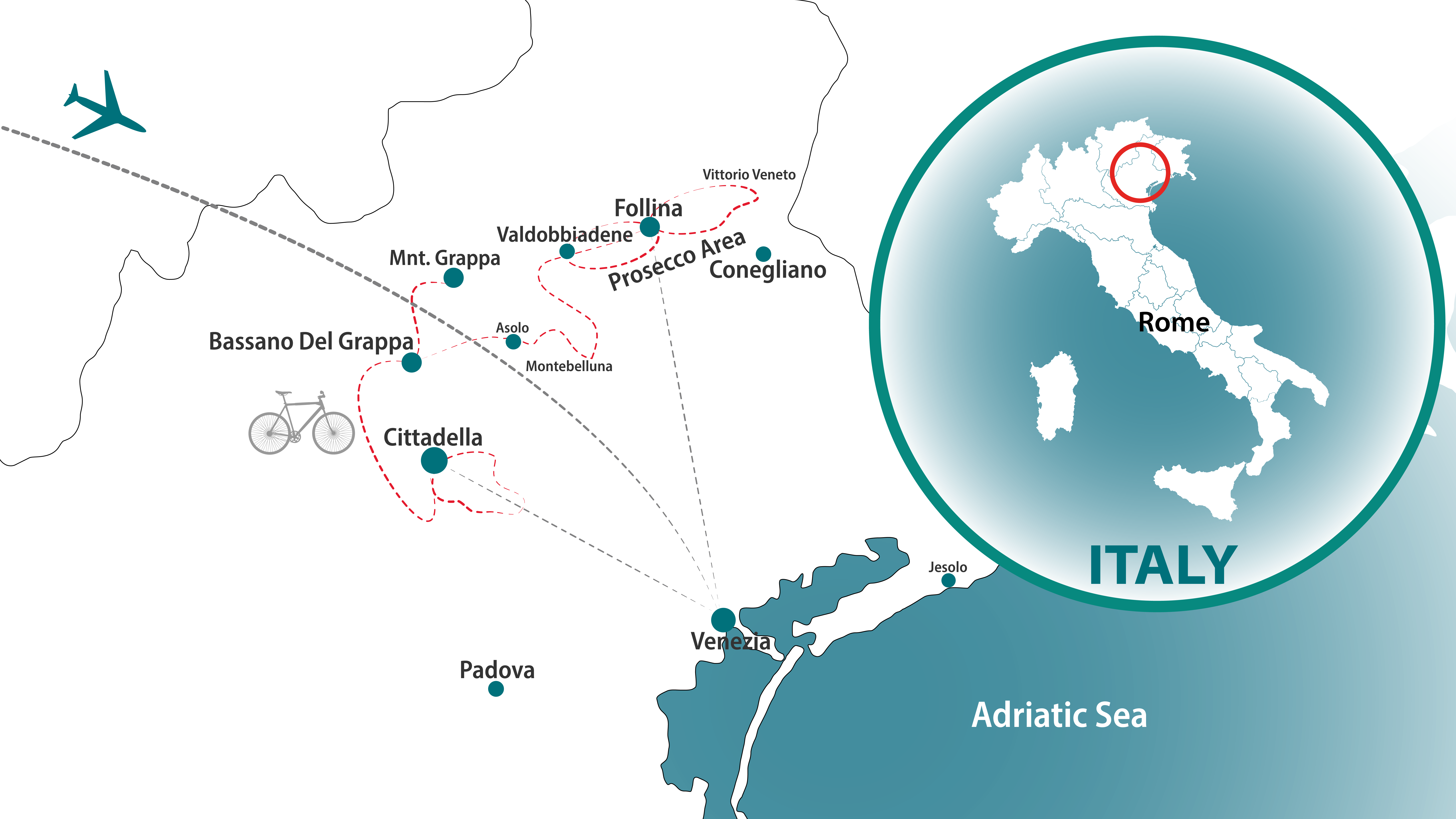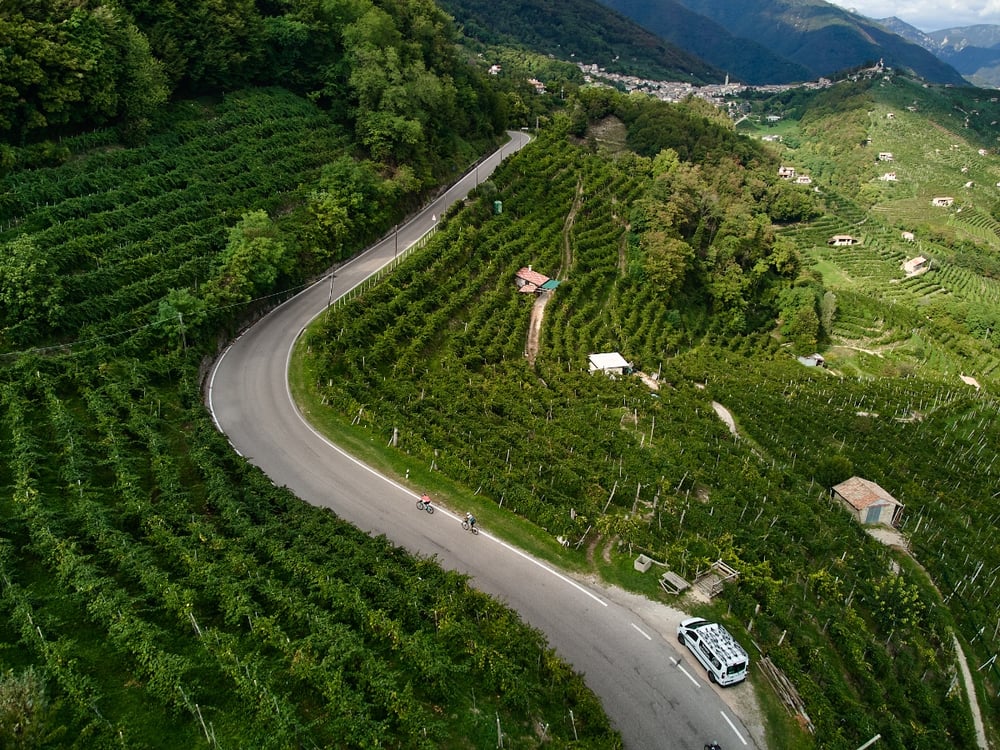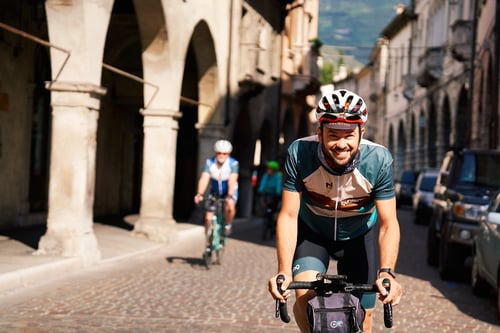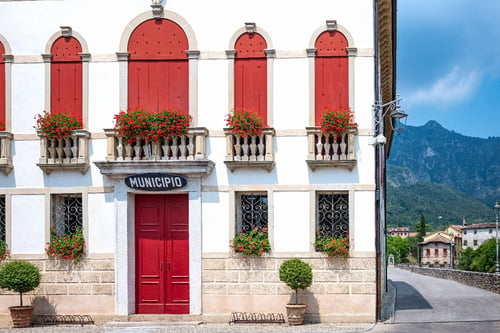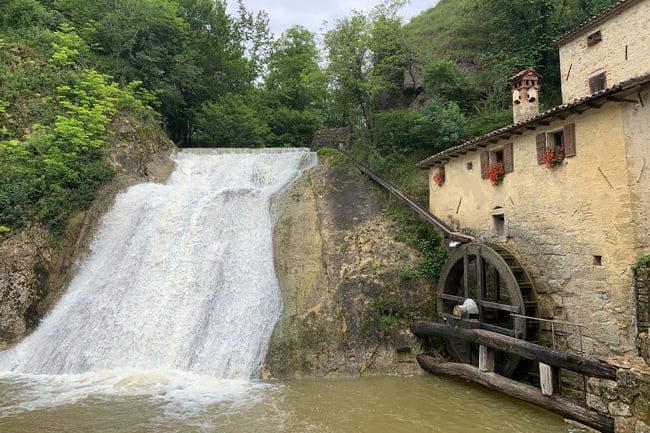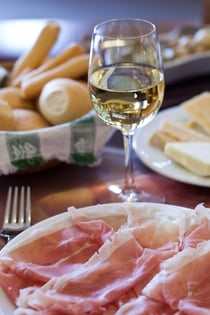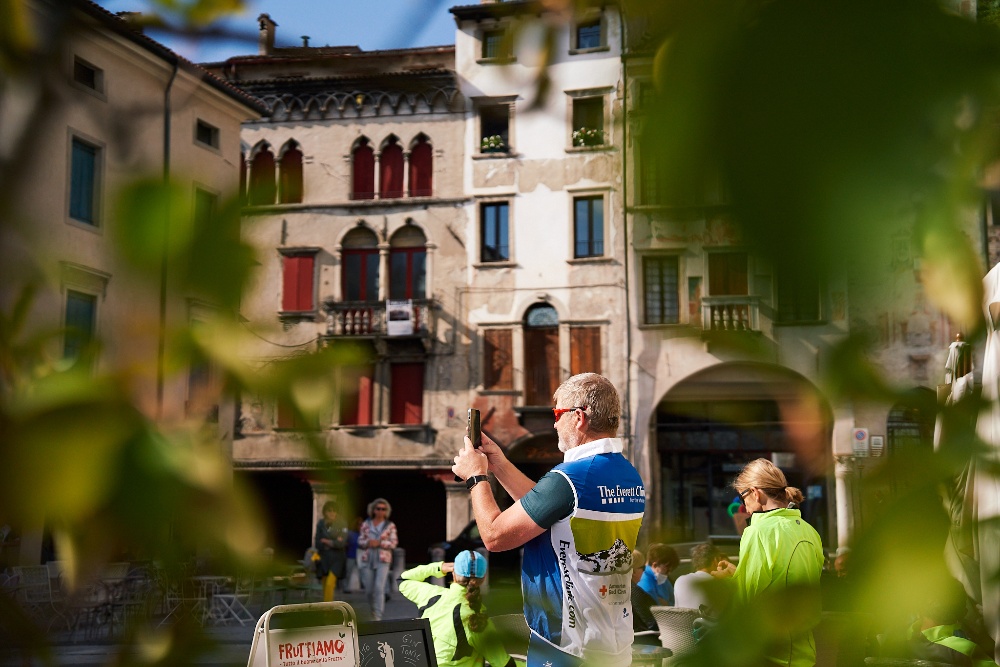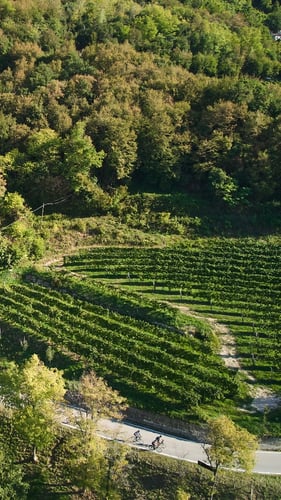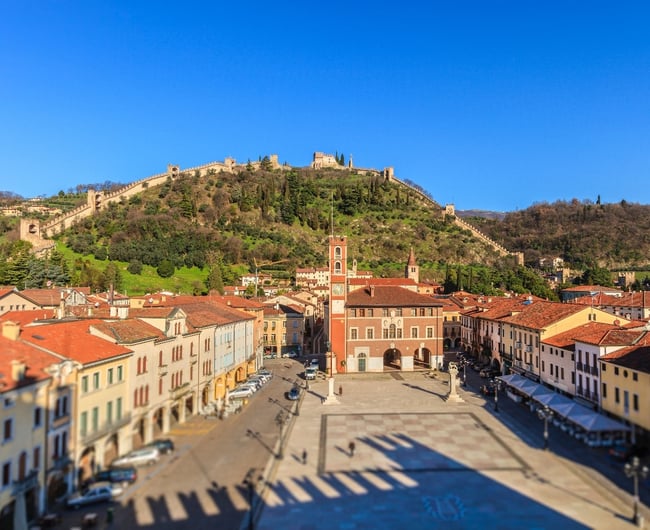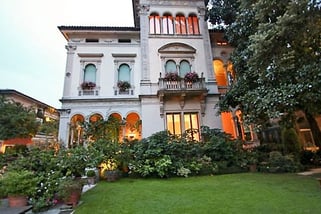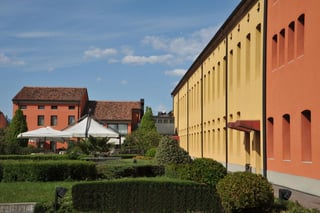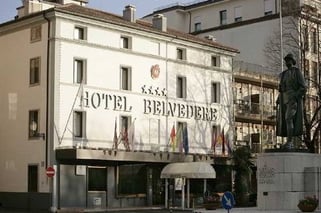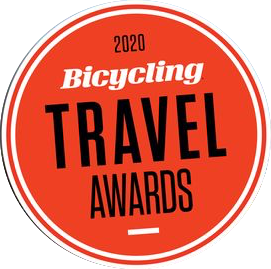Bassano - Prosecco - Follina - 37 or 49 mls - Hilly
On our journey towards the Prosecco region, we'll pedal through undulating hills, passing through Asolo, a charming town perched atop a brief yet steep ascent and recognized as one of Italy's most enchanting hamlets. Asolo will charm you with its picturesque town center and views spanning from the Alps to the Venetian Lagoon.
Within its ancient walls that branch out from the 12th-century fortress, Asolo preserves vestiges of its millennia-old heritage in every nook and cranny. Asolo was a destination for poets and writers, artists and travelers who all found inspiration and harmony here. Among them were the English poet Robert Browning, the actress Eleonora Duse (la Divina), the composer Gian Francesco Malipiero, and the English writer and traveler Freya Stark.
For lunch, we’ll savor a Venetian culinary tradition: the delicious cicchetti, bite-size snacks, accompanied by a glass of sparkling Prosecco dei Colli Asolani, the excellence of Asolo winemaking.
Next, we'll navigate along meandering and narrow roads, passing cultivated fields as we make our way to the town of Montebelluna, situated on the edge of the Montello Nature Reserve. As we cycle through serene countryside, you'll encounter the elegant Palladian villas that grace our route.
Our journey continues as we cross the Piave River, then make our way north towards Valdobbiadene. Now we are officially in the Prosecco DOCG area, which was granted UNESCO World Heritage Site status in 2019.
The Prosecco area is nestled between Venice and the pre-Alps with the Dolomites as the backdrop. At its heart is the Prosecco wine road that runs through endless vineyards from the town of Valdobbiadene in the west, to Conegliano in the east.

